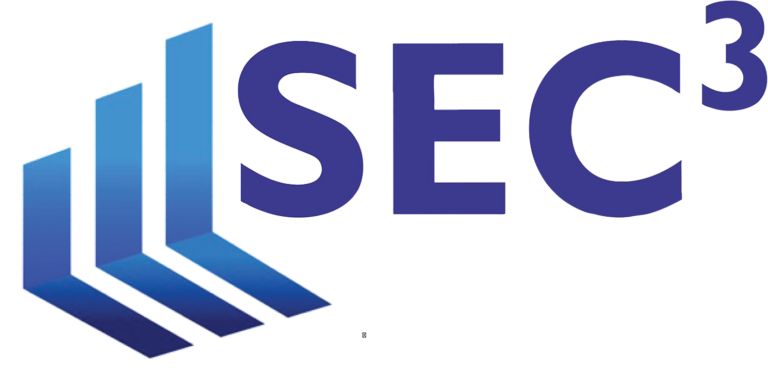In her recent keynote address at the Columbia Law School Conference on Current Issues in Securities Regulation (November 21, 2014), Commissioner Kara Stein stressed the importance of transparency in securities markets including private equity, a market in which, as she indicated, most of the investors are public and private pension funds, endowments, and foundations holding the money of teachers, policemen, firemen and public and private universities. Although these institutional investors are typically sophisticated, the degree of sophistication varies between investors representing small state plans as opposed to large university endowments. In addition, even institutional investors do not possess OCIE’s enhanced access to a registrant’s records, so they would all benefit from robust disclosure. Thus, transparency is an important investor protection tool. Commissioner Stein voiced her concern that disclosures in private equity lack rigor.
Inadequate disclosures regarding fees
Commissioner Stein said that there is evidence that fee disclosures in private equity are lacking in important ways. SEC exams have uncovered that some funds are paying (and charging investors for) additional consultancy fees for services provided to portfolio companies, even though the “consultants” look and act like employees of the adviser. In some instances, the firm’s website and marketing materials include them as members of the advisory team. Without more specific disclosure, many investors would reasonably believe that they are employees of the adviser—and that their pay was limited to a portion of the agreed upon management fee.
OCIE staff also has identified several cases in which investors are paying the adviser separate fees for services that the adviser provides to a portfolio company under “monitoring agreements.” These agreements often extend for long or indefinite terms that are far greater than the fund’s expected holding period, and thus well beyond the time that the adviser provides services to the portfolio company. They frequently include provisions that accelerate payments when a portfolio company is taken public or sold. Thus tens of millions of dollars or more go to ex-advisers, rather than the portfolio company. This fee structure, however, is often not disclosed with much detail, if at all, when an investor commits capital to the fund.
Presentation of performance results
Results in private equity are generally presented as an internal rate of return (IRR). Commissioner Stein said that better, more detailed disclosure of how IRR is calculated would benefit the industry. The IRR of a fund that includes the performance of a significant number of unrealized investments that are valued by the adviser could mean something materially different to investors than an IRR based solely on realized investments. Further, an IRR that is presented as a net return could be inflated if it includes returns on capital contributed by the fund’s general partner, who typically does not pay a management fee or carried interest, or by preferred investors who pay reduced fees. Including GP investments in the calculation of IRR has the potential to misrepresent performance. An adviser should clearly describe the assumptions it makes when calculating performance returns, and make the underlying calculation of the returns more transparent to all potential investors.
Our perspective
Commissioner Stein’s focus on the role of transparency in private equity is a sequel to Andrew Bowden’s speech on Spreading Sunshine in Private Equity in May 2014. Bowden discussed the same issues of hidden fees and expenses, particularly the use of “consultants” (also known as “operating partners”) and monitoring agreements.
Commissioner Stein’s speech shows the SEC’s continued focus on these areas. Managers of private equity funds will be well-advised to make robust disclosures about their fees and expenses in their PPMs, Form ADV and all investor communications. Recent enforcement actions against fund managers for insufficient disclosures provide guidance to the SEC’s very aggressive view of what disclosure is “sufficient”. See In Re Matter of Total Wealth Management, Adm. Proc. File 3-15842 (April 15, 2014) and In the Matter of Robare Group, Adm. Proc, File No. 3-16047 (September 2, 2014) (both of which involved disclosures relating to sharing of fees).1 Fees and expenses must be made crystal clear in all documents. A disclosure in Form ADV will not be deemed sufficient. Consistent disclosures must be made in all relevant sections of the offering documents (including the summary of terms, marketing materials, investor letters, etc). Several advisers have considerably enhanced their disclosures as a result of SEC demands.
WSJ Buyout Firms Disclose More Fees_November 20, 2014.
And at least one firm has announced it will curtail certain fees questioned by the SEC rather than just enhancing its disclosures.
Blackstone Discontinue Certain Fees
Although the SEC’s emphasis on fees and disclosures is not new, the issues of IRR calculation and disclosing the method of its calculation are a new area of focus for the SEC. The SEC was reported to focus on the calculation of IRR in recent exams but the SEC had declined to comment.2 Commissioner Stein’s speech is an affirmation of the SEC’s inquiry in this area.
Commissioner Stein’s speech can be found here.
1. In Total Wealth Management, the SEC sued a manager because its ADV disclosed that it “may” enter into revenue sharing arrangements when the manager had actual arrangements in place and was already receiving fees. The use of the word “may” was found misleading. Similar arguments were made in Robare.
2. Reuters_SEC probing private equity performance figures_October 29, 2014

